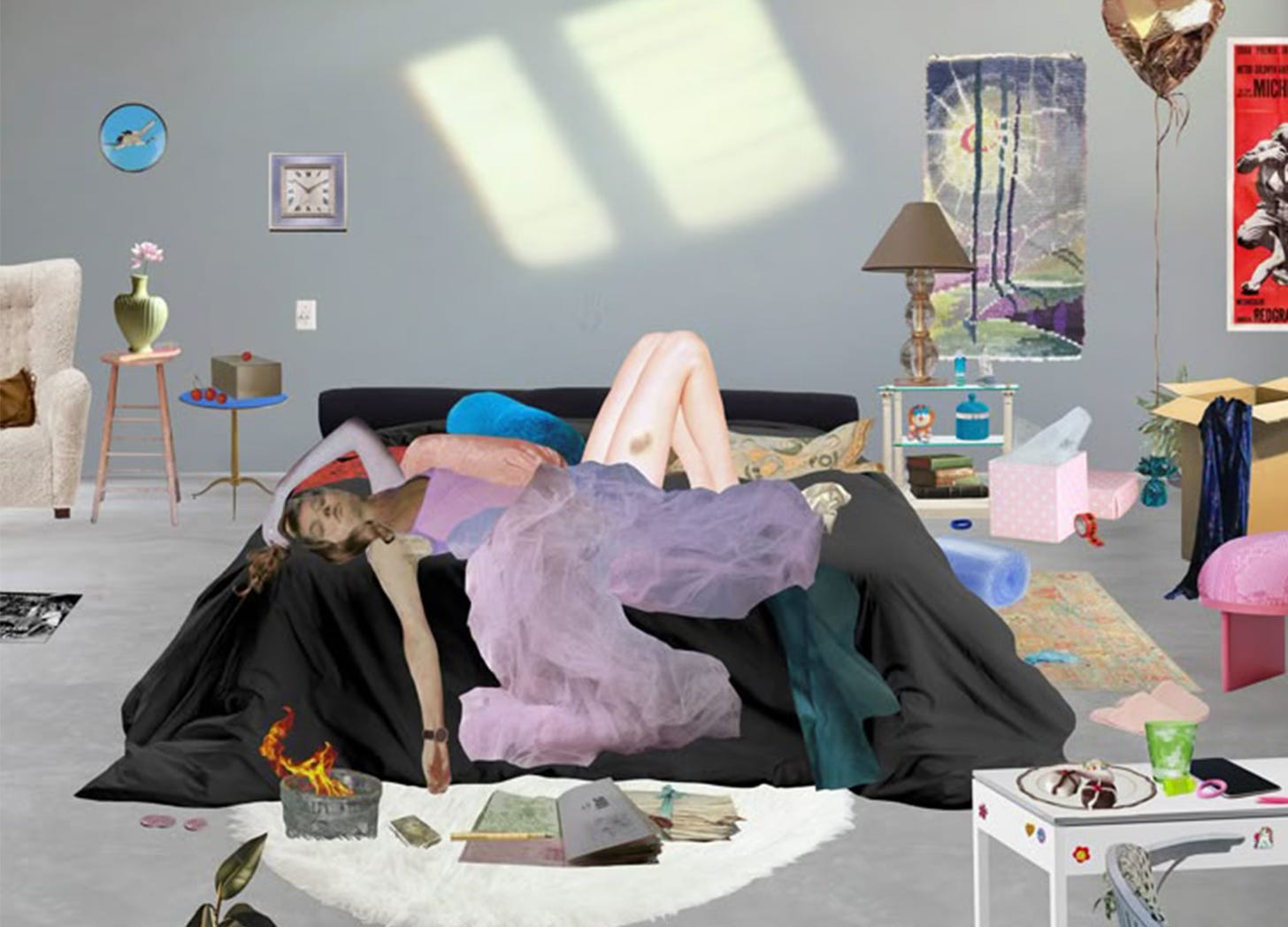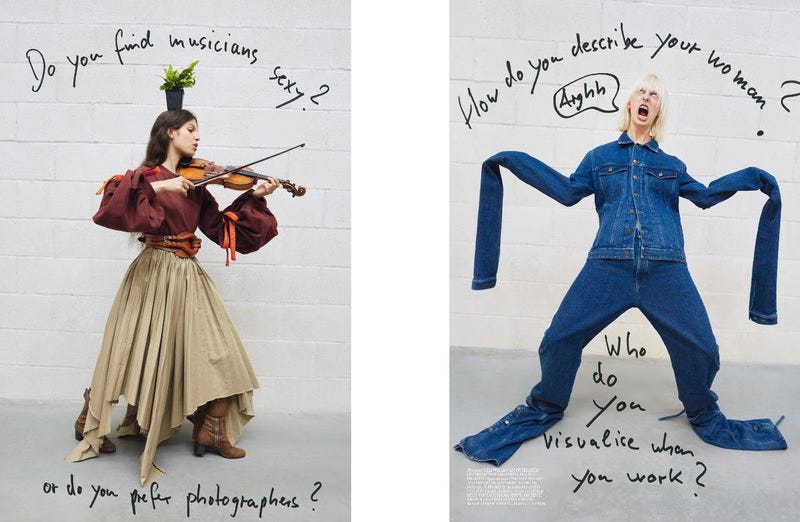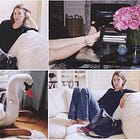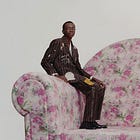What If You Can’t Find the Right References For Your Concept?
Troubleshooting for art directors: a series on solving creative roadblocks

Hi everyone,
Hope you’re enjoying your weekend. I certainly am having a chill weekend while slowly decluttering and sorting out my stuff for moving out at the end of this month. I’m still catching up with work from the time I was sick and slowly getting back to speed.
Today I am introducing a new series: troubleshooting for art directors. This is where I give my advice or methods on common roadblocks you might face as an art director in the industry, across all levels. This week I’m talking about not being able to find the right references, but am planning to cover all sorts of topics from finding freelance clients, from not getting credit for your work, working with small budgets, or clients not understanding your vision. I think there are endless topics to talk about on this one! Feel free to message your suggestions in the art direction chat.
The Art Direction subscribers chat is available for every subscriber. If you have any questions, please drop it in there and I will answer you, try to help you or write requested articles. You can also always message me on DM or Instagram.
Follow Art Direction on Instagram for inspiration on your feed.
What If You Can’t Find the Right References?
Moodboards are the foundation of any art direction project. They don’t just set the visual tone, but they dictate every decision that follows, from styling to set design to lighting. More importantly, they act as a shared language between creatives and clients, ensuring that everyone is aligned before production begins. You will keep referring to the signed off concept mood board from the moment it’s signed off.
But what happens when you can’t find the perfect references? What if your vision doesn’t quite exist yet? If you look at your mood board and your idea doesn’t fully come across?
As an art director, your job is to come up with new ideas, yet you still have to communicate them in a way that’s clear, persuasive, and visually compelling. This is especially true when dealing with non-creatives, who might struggle to interpret abstract concepts without strong visual support. Many clients won’t come from a creative background and will take references extremely literally. This can be frustrating, and sometimes you have to go back to the drawing board or step away from the work to be really clear with yourself. Do people who can’t look inside my mind understand this?
Luckily, there are methods to troubleshoot this. Whether your idea is too fresh, too niche, or just hard to pin down, here’s how to refine your mood board strategy and communicate your vision without compromising creativity.
This series is for paid subscribers, if you want to learn more about art direction in-depth. I recommend upgrading to paid. You will also get access to the full archive with other educational content, visual playbooks, concept labs and the full craft your art direction DNA course. I’m having a limited discount for February, my birthday month.
You can also claim 1 free post. Monday I’ll be back with a free exercise of the course and more content later this week.








